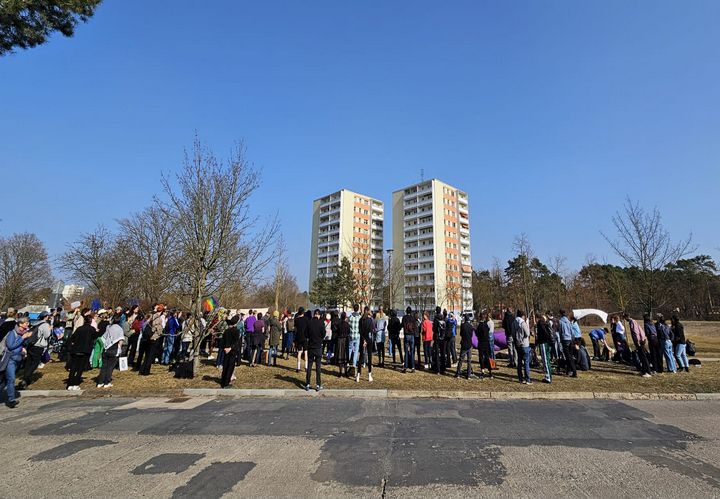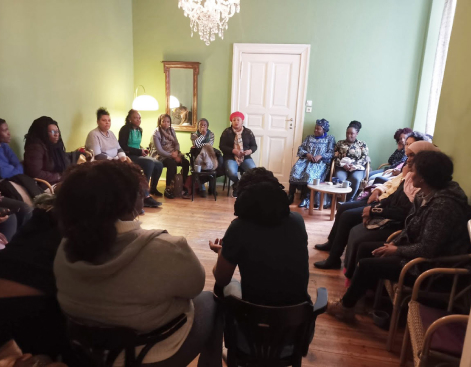To kick off the International Women’s Week, we decided to have a Gender Awareness Workshop during our March Saturday meeting, on the 2nd of the month. The workshop was to remind us not to see each other as “the Other”, but to see diversity and the importance of embracing and accepting each other’s cultures, ideas and identities.
It was interesting to learn how quick we judge and identify people, just by looking at different statues of people in trousers, wraps, shorts and skirts. How quickly we are influenced by external images to identify these statues’ genders. Also how often our cultural background and religion has made us blind to see those are different to the gender we’ve been given at our birth, from our mindset.
It was also clear how jokes and proverbs in many communities degrade women and praise men. How Sheroes are given labels that discredit their work. How people who do not conform to perceived “male and female norms” are prejudiced by their community, even though it might be acceptable in other communities. Many examples were collected in this workshop, such as when a child makes a mistake, the father compares it to its mother.
Many examples of Sheroes were cited, including Wangari Maathai, the first African woman to win the Nobel Peace Prize (in 2004), for promoting “ecologically sustainable social, economic and cultural development”. She was labelled “crazy” by the authorities, and her organisation, the Green Belt Movement, which pioneered ecological resilience, was described as “a bunch of divorcees”. Her movement has since 1977 planted over 51 million trees. Another example in this category was Rachel Carson, who endured sexist attacks from government and industry who portrayed her as a hysterical spinster for her calm, courageous, scientifically rigorous exposé of the pesticide industry that would catalyse the global environmental movement in the 60s.
The workshop was very informative and by the end of it, many of the women were able to think outside the box and reflect on their own prejudices, religious and cultural influences. Learning to accept “the Other”.




